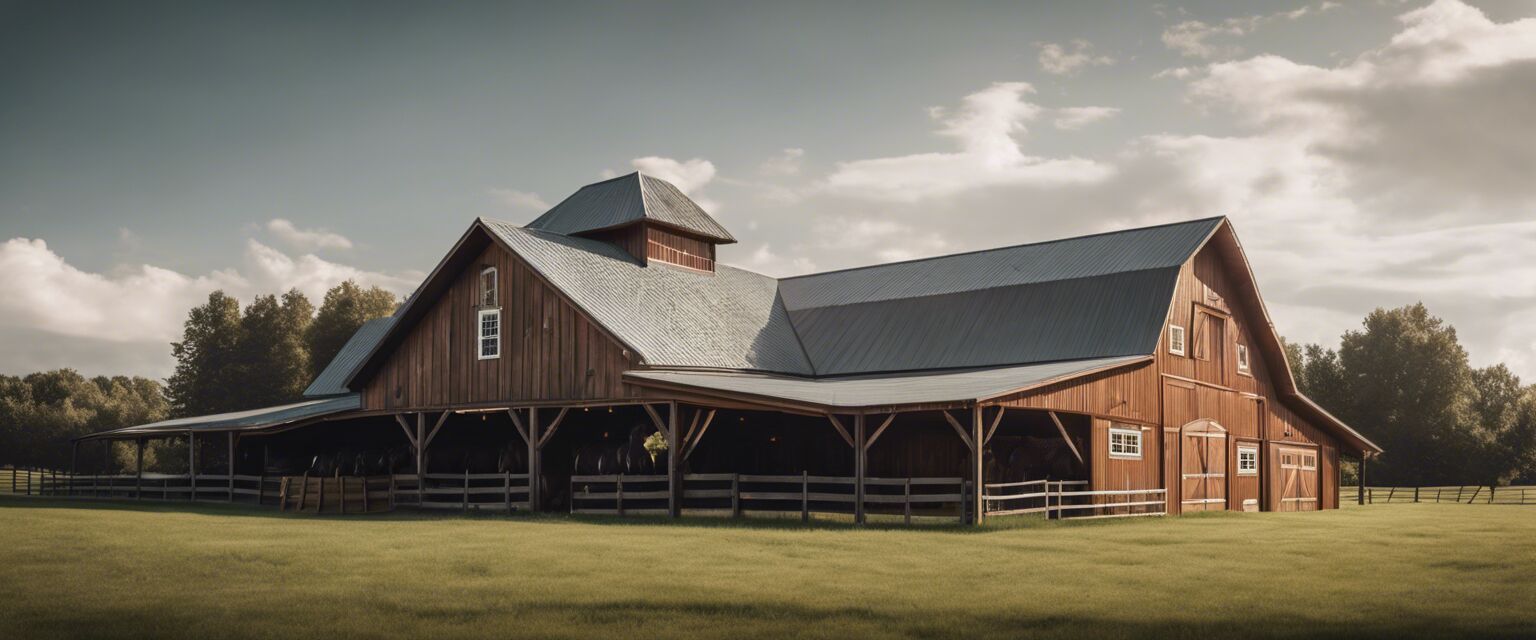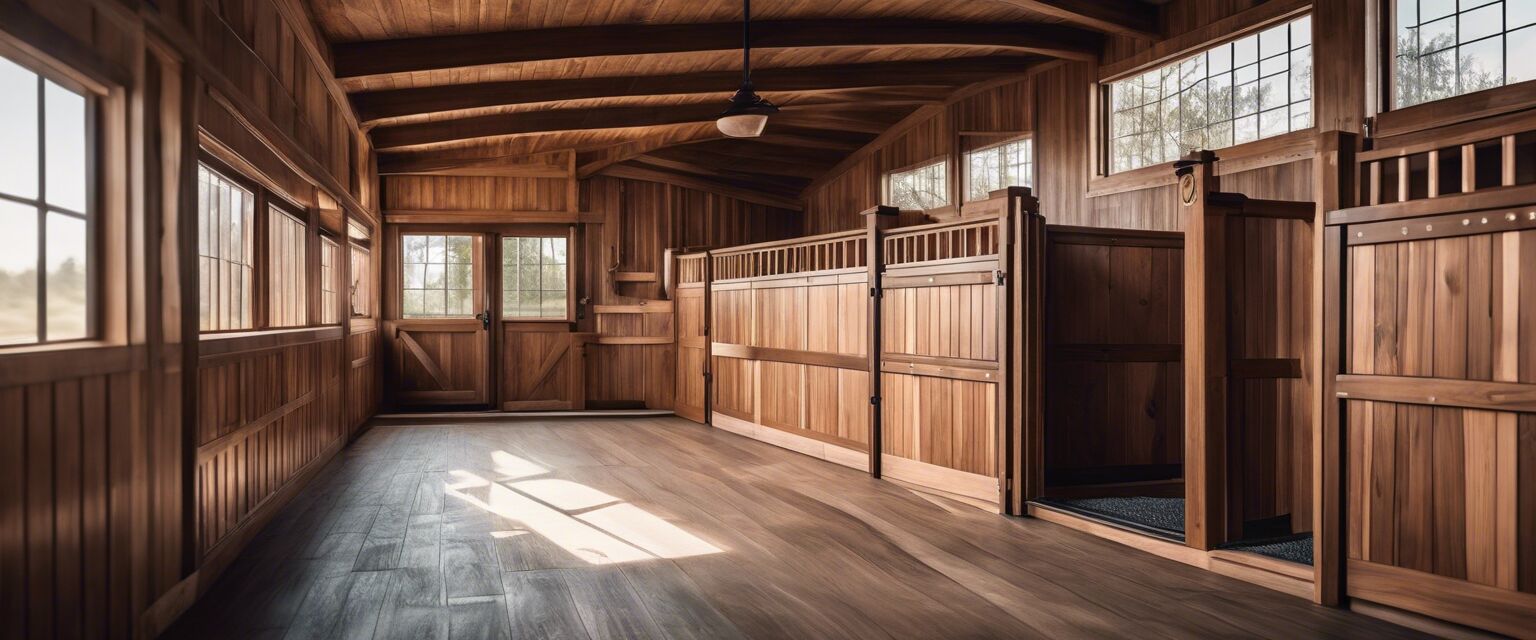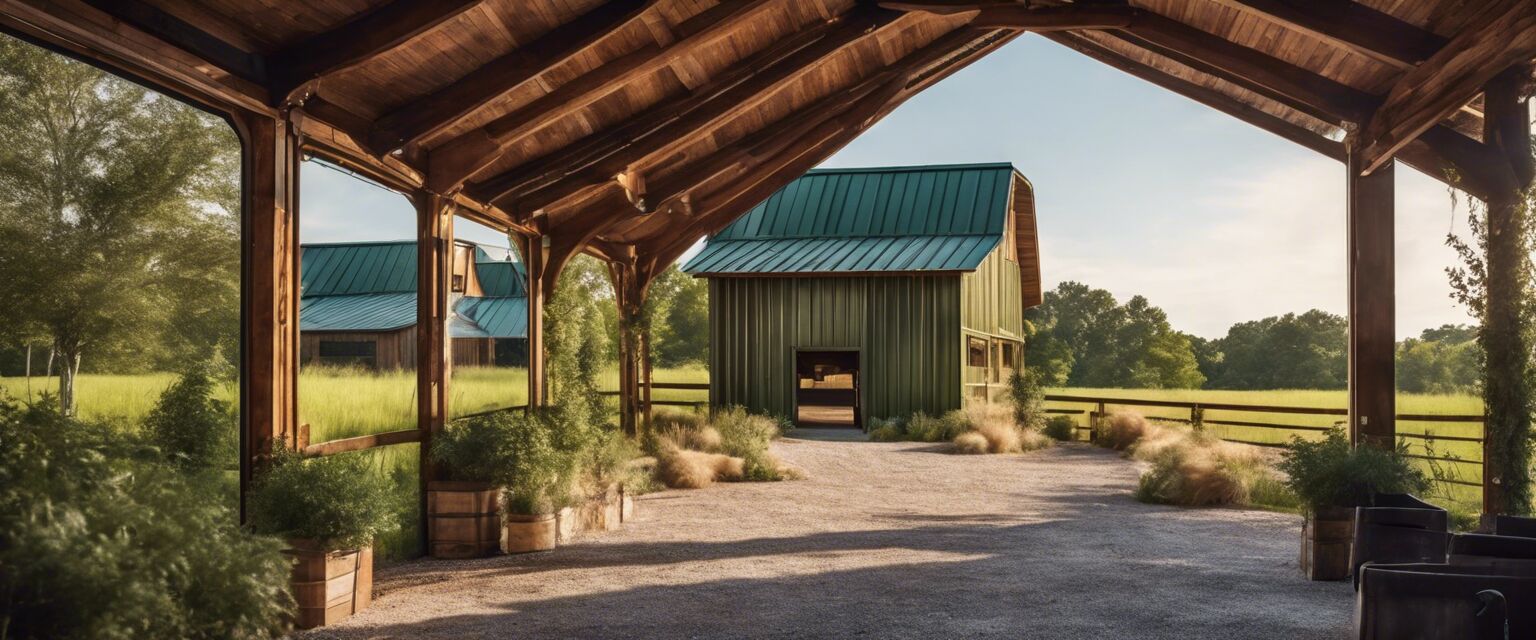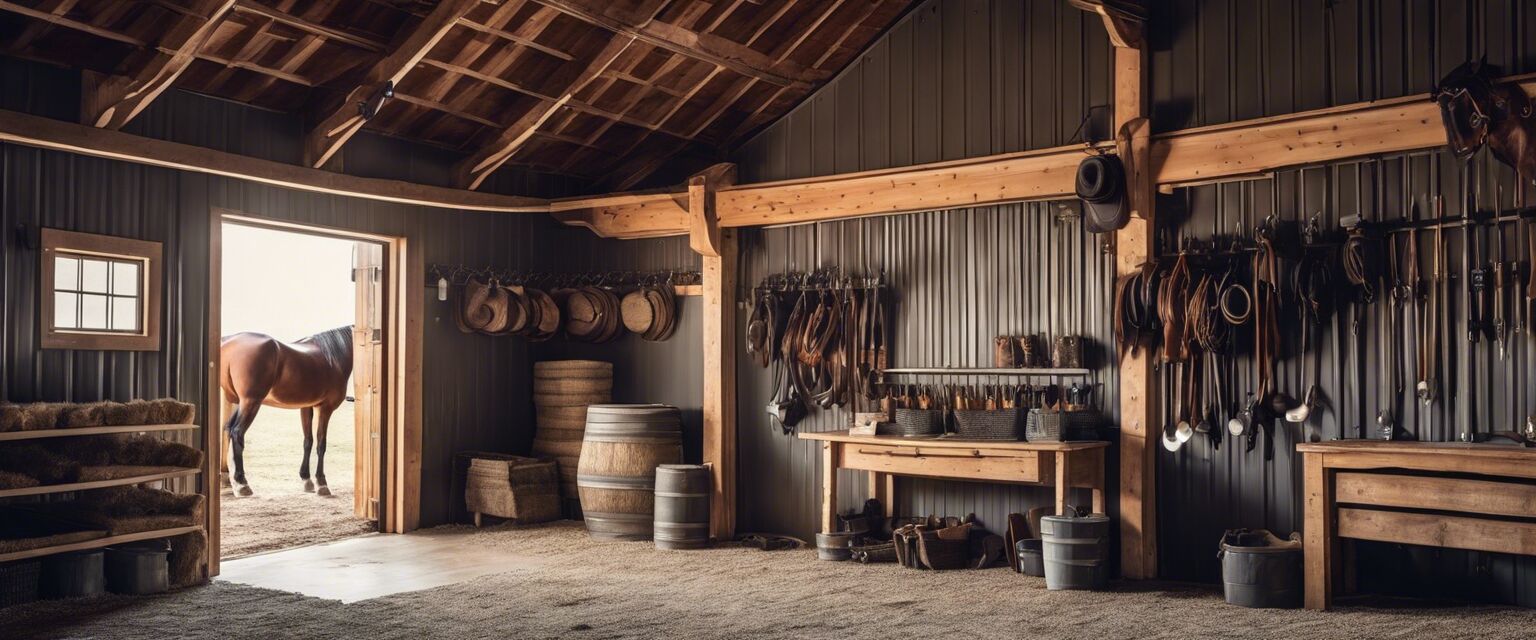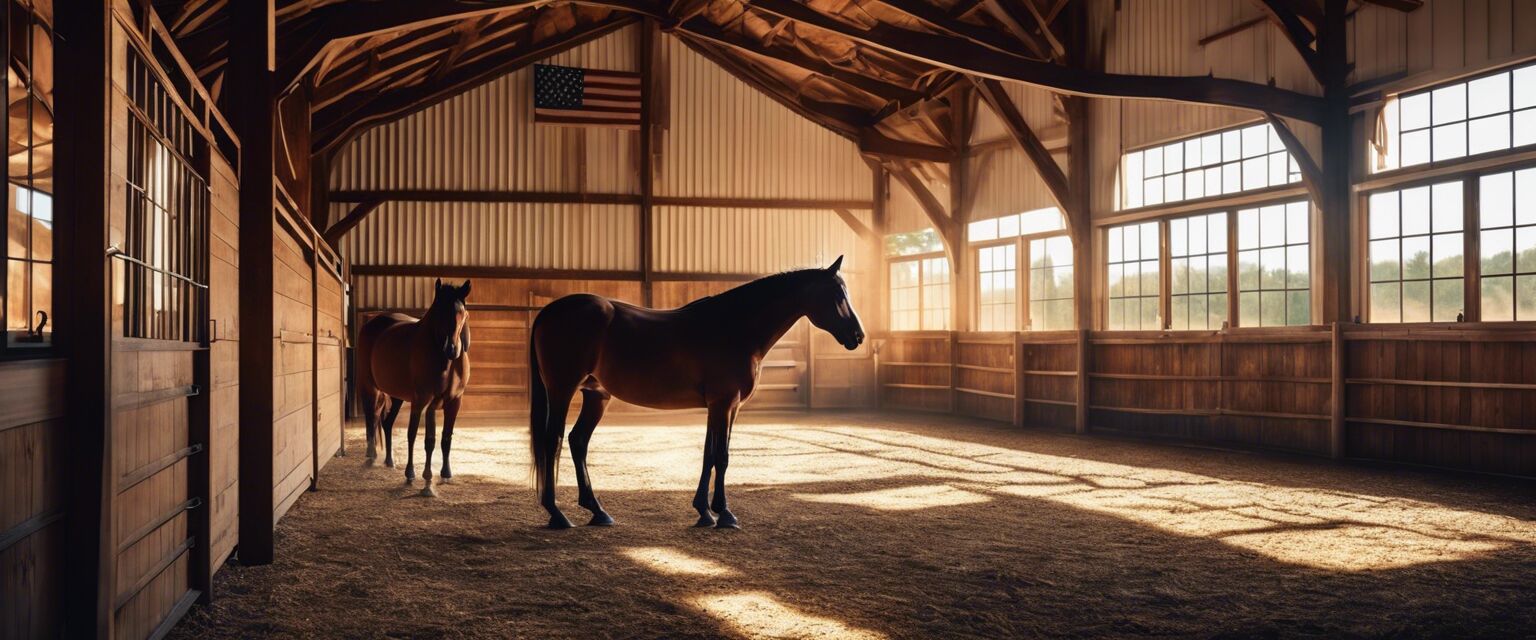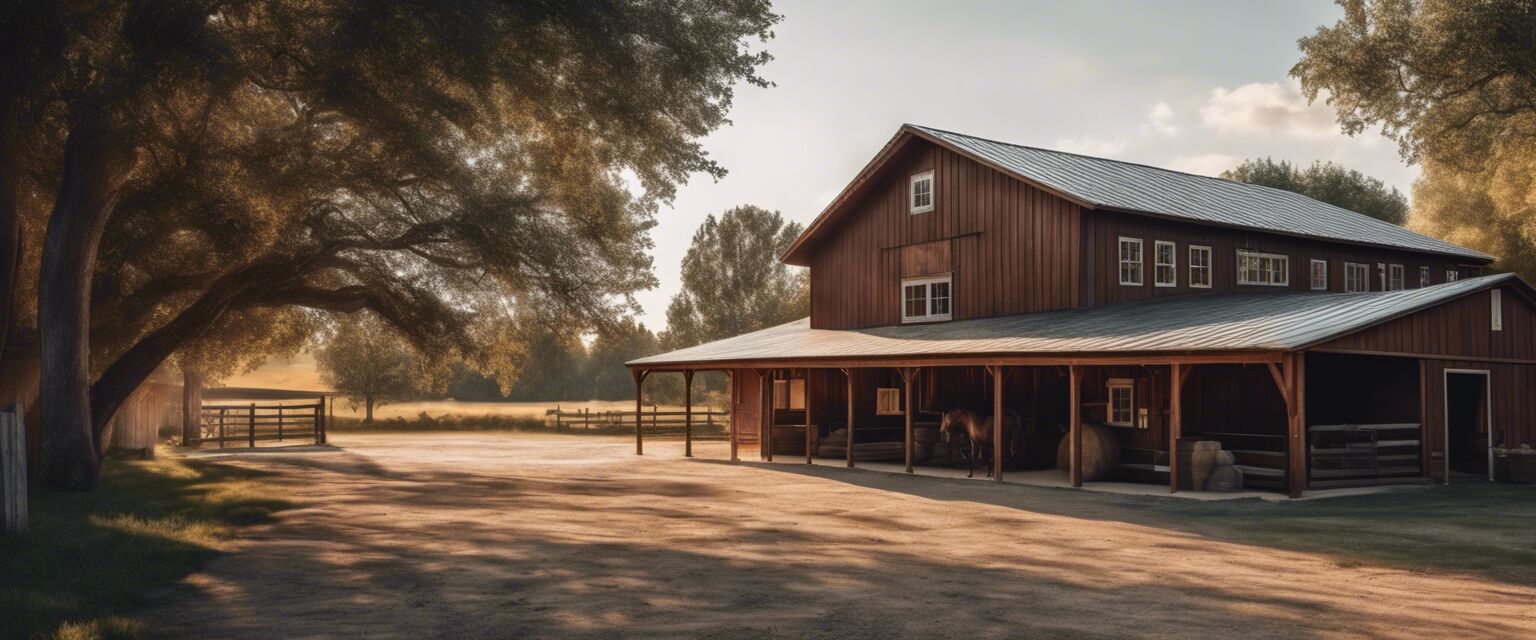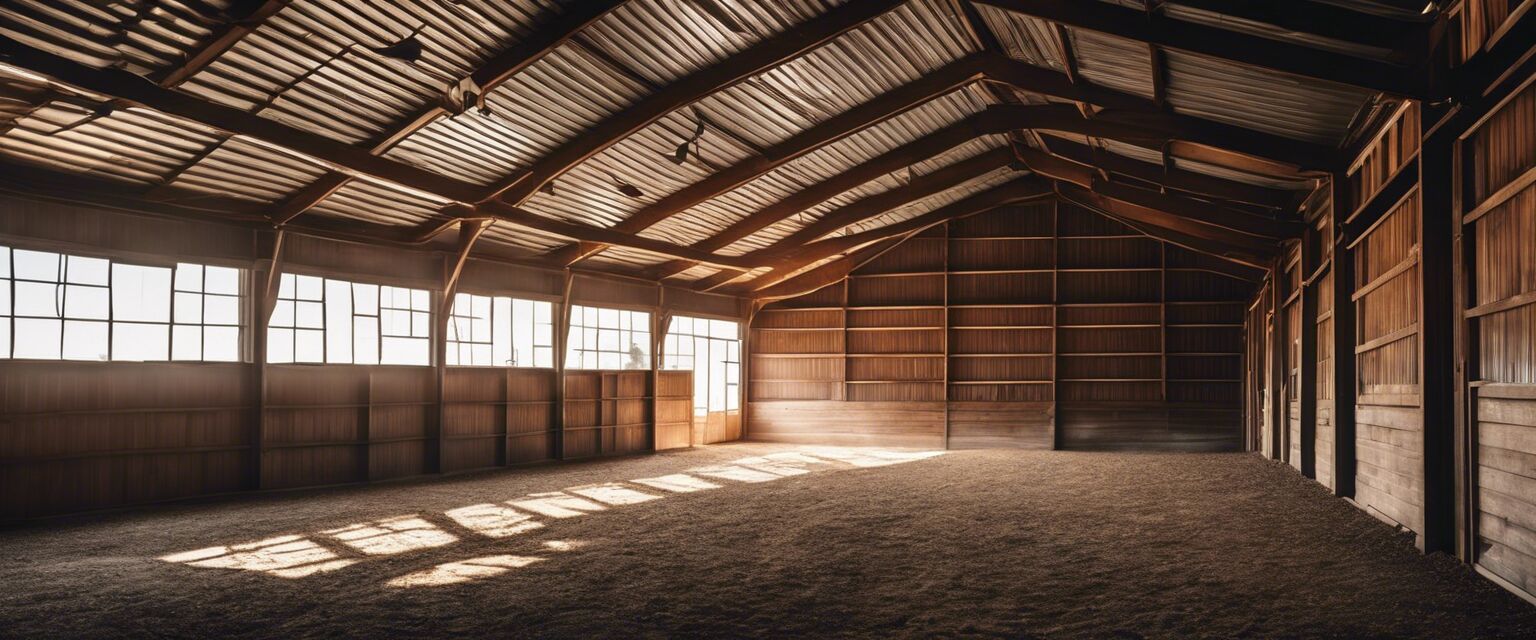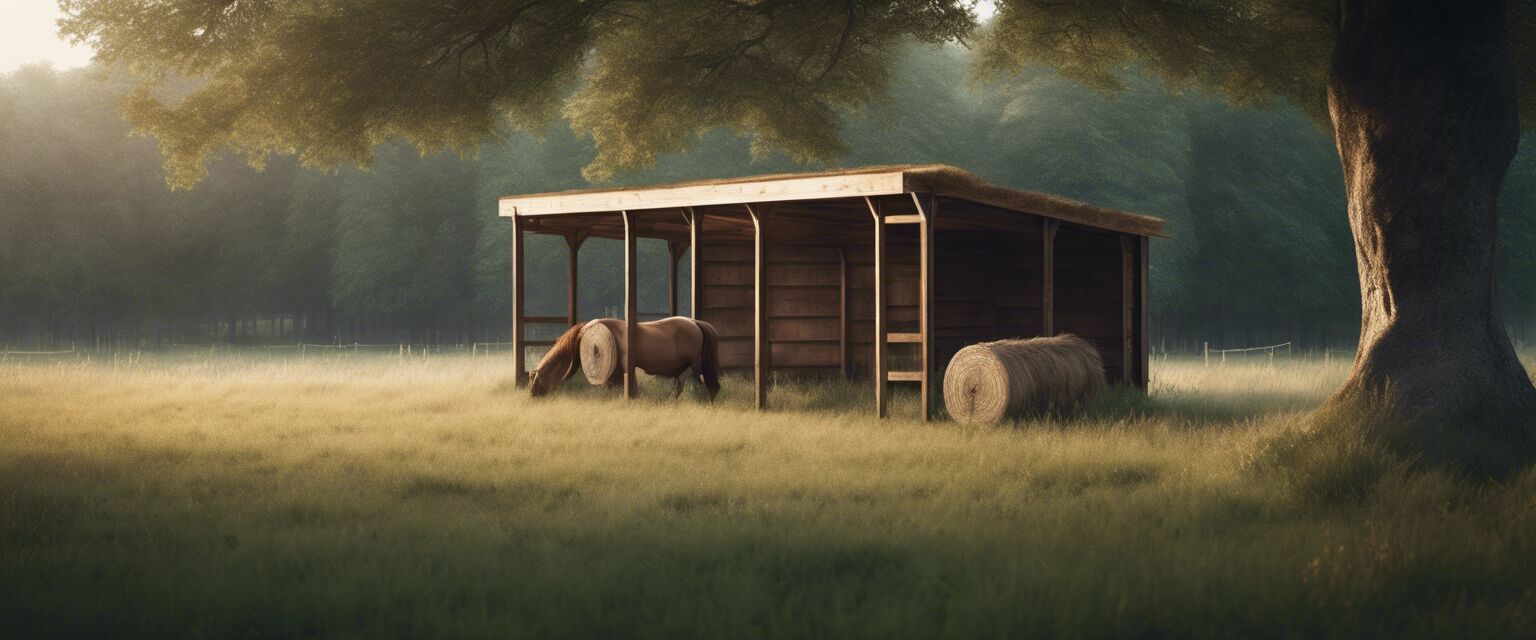
DIY Pasture Shelters
Key Takeaways
- Choosing the right materials is crucial for durability and safety.
- Consider your horses' size and number when designing your shelter.
- Ensure adequate ventilation and protection from elements.
- DIY pasture shelters can be cost-effective and tailored to your needs.
When it comes to a horse's well-being, a safe and comfortable shelter in the pasture is essential. Building DIY pasture shelters not only allows you to provide your horses with a protected area from harsh weather but also gives you the opportunity to customize the shelters to fit your unique needs. This guide will walk you through everything you need to know to construct effective pasture shelters for your horses.
Understanding the Importance of Shelter
Pasture shelters serve various purposes, including:
- Protection from sun, wind, and rain.
- Providing a safe space for horses during extreme weather conditions.
- Offering a comfortable resting area.
Factors to Consider When Building a Shelter
| Factor | Considerations |
|---|---|
| Size | Ensure space for your horses to move comfortably. Consider the number and size of the horses. |
| Materials | Use sturdy and durable materials that can withstand weather conditions. |
| Ventilation | Proper ventilation is necessary to keep the shelter dry and free of mold. |
| Location | Position the shelter where it can effectively shield from prevailing winds and direct sunlight. |
Choosing the Right Materials
When constructing your DIY pasture shelters, consider using the following materials:
- Wood: Versatile and easy to work with.
- Metal: Offers durability; can be more costly.
- Plastic: Lightweight and resistant to rot and decay.
Step-by-Step Guide to Building a DIY Pasture Shelter
1. Plan Your Shelter Design
Determine the size, shape, and design of the shelter. Consider using software or sketching to visualize your idea.
2. Gather Tools and Materials
Ensure you have the necessary tools, such as:
- Drill
- Saw
- Measuring tape
- Hammer
3. Set a Foundation
A solid foundation is crucial. You can use pressure-treated wood or concrete blocks to form a base.
4. Build the Frame
Construct the frame using your chosen material. Make sure itâs sturdy to weather any storms.
5. Add Walls and Roof
Attach the walls and roof to protect your horses from the elements. Ensure proper ventilation by leaving openings or adding vents.
6. Finishing Touches
Sand down rough edges, apply paint or sealant to protect against wear, and add bedding inside for comfort.

Maintenance Tips for Your Pasture Shelter
To ensure your pasture shelter remains safe and comfortable, adhere to the following maintenance tips:
- Inspect the structure regularly for any damage or wear.
- Repair any leaks or damages promptly.
- Clean the interior to prevent mold and pests.
- Repaint or reseal as necessary to prolong the life of the shelter.
Tips for Beginners
- Start small and gradually scale up as you gain experience.
- Join local workshops for hands-on support and ideas.
- Always prioritize safety when working with tools and materials.
Common Mistakes to Avoid
It's essential to steer clear of common pitfalls:
- Not sizing the shelter appropriately for future growth.
- Choosing low-quality materials that won't last long.
- Neglecting drainage around the shelter, which can lead to muddy conditions.

Conclusion
Building a DIY pasture shelter is an excellent way to ensure your horses have a safe, comfortable space. By understanding the importance of shelter, choosing the right materials, and following a detailed construction guide, you can create a sturdy haven for your horses. Ensure to maintain the shelter regularly for the best results and longevity.
Pros
- Cost-effective compared to pre-manufactured options.
- Customizable to fit your specific needs.
- Opportunity to learn valuable DIY skills.
- Can enhance the overall look of your pasture.
Cons
- Initial investment of time and resources.
- Potential for errors if proper measurements are not taken.
- Regular maintenance is required to keep it in good condition.
Further Resources
For more information on improving horse shelters or pasture management, check out our other articles:
